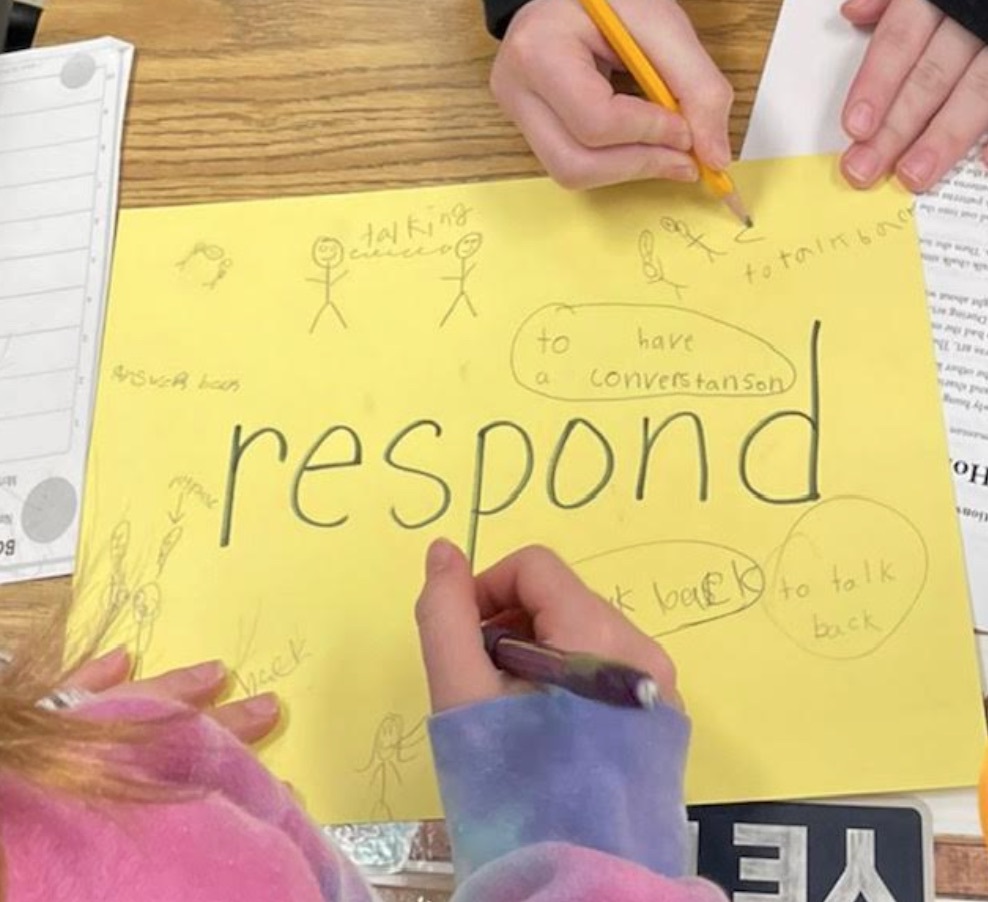Interactive Strategies for Test Prep and Knowledge Transfer
From summative assessments to state tests, these strategies help students show what they know.
Your content has been saved!
Go to My Saved Content.As teachers, we sometimes see a discrepancy between the skills that students demonstrate during daily instruction and their transfer to different contexts like standardized testing. It can be tempting to try to help students bridge this gap by asking test-like questions on homework assignments, using a multiple-choice unit test, or offering constructed-response questions throughout the year.
But although these approaches can be helpful, they are more about practice than preparation. To instead implement practical strategies and simple teaching moves throughout the curriculum, creating consistency that helps students demonstrate learning, increase confidence, and feel more successful in their ability to demonstrate knowledge in new contexts—whether a summative assessment or standardized test—the following strategies offer a wraparound approach.
Academic Graffiti Walls
We’ve all seen student-facing materials (rubrics, test questions) that include academic language not typically used in day-to-day teaching. Helping students access and understand these words is essential to their success. If students can think flexibly—replacing an unfamiliar word with one that they are more comfortable with, for example—they will better understand what they are being asked to do.
Start by creating an interactive academic vocabulary graffiti wall—a word wall that groups together terms that mean the same thing. Put a word theme on the wall—for example, central idea—and invite students, throughout the year, to add words that share that theme’s meaning (for central idea, synonyms might be message, lesson learned, or mostly about).
The graffiti wall serves as a reference tool (though in some places, you may need to remove it during testing), but its central purpose is to prepare students to think flexibly about language. Its presence promotes students’ ability to parse the meaning of unfamiliar academic vocabulary by relating new information to prior knowledge—a critical skill across contexts.

In-the-Moment Multiple Choice Questions
Multiple choice questions are often presented in two ways: a question set with one very obvious answer, or a set with more than one accurate answer that requires students to decide between two or more decent options. The latter includes questions containing phrases like “which answer most” or “which answer best,” requiring learners to rank before selecting.
To prepare students for these question sets, write multiple choice questions with possible answers created by the students in front of you. When reading aloud or solving a group problem, pose a question and ask each student to write down their answer on a sticky note or small piece of paper. Grab answers, at random, from three to five students: These will serve as your multiple choice possibilities.
Once you’ve collected several possible answers, invite the rest of the class to work together to rank/sort the options. Ask them which answer best fits the question, or which has the strongest evidence, and why.
To get creative with this activity, you can also ask students to make a case for which incorrect answer is the best, and why (perhaps it is the most creative or closest to the correct answer). This approach stems from the “My Favorite No” warm-up activity and, as with the original version, creates authentic opportunities for students to rank, sort, and choose from possible answers, engaging critical thinking skills while preparing for assessments that require similar reasoning.
Question Stem Sorts
If you look across various assessment types (e.g., diagnostic tests, state tests, entrance exams), certain types of questions come up over and over. Students will be asked something about finding the main idea of a text, naming a theme, or defining vocabulary, for example. Naming these broader categories with students can help them identify the many ways they might be asked to apply these core skills.
To do so, give students a handful of questions on cards, and have them sort the cards into categories. You might name the categories ahead of time or leave it up to students to identify how they would like to group the patterns that emerge. What similarities do they notice between questions? How do they know?
After students have done a sort like this, ask them to create more questions for each category or design a new sorting activity for a group of peers. Doing so familiarizes them with different types of questions bound to arise in assessment tasks and invites concept attainment through the use of examples and nonexamples that will boost their ability to strategize during testing.
From Testing to Transference
We don’t need to wait until a certain month in the year or point in a unit to engage students in activities that help them demonstrate and transfer their learning to new contexts. Instead, using the activities above to create authentic opportunities to engage students allows them to practice critical thinking, deductive reasoning, and engaging in argument from evidence—readying them for tests threaded throughout many school systems, but more important, inviting them to show what they know through a variety of mediums, across the curriculum.
